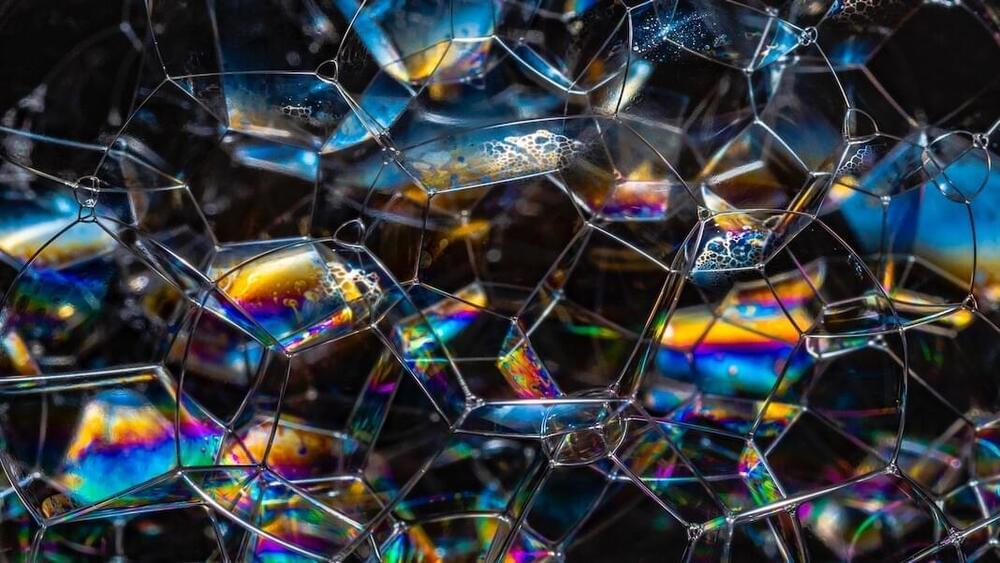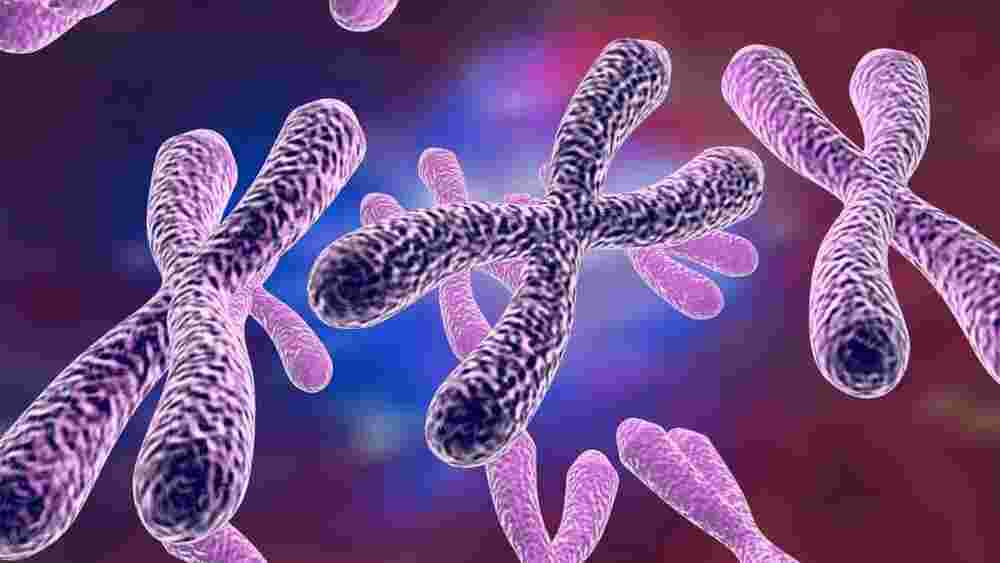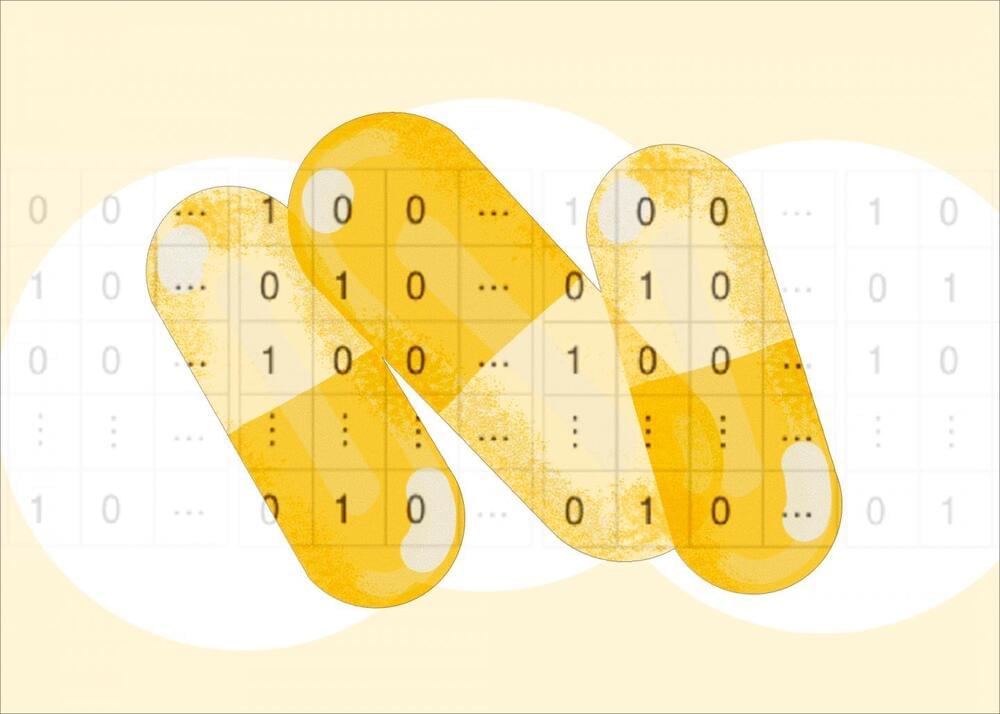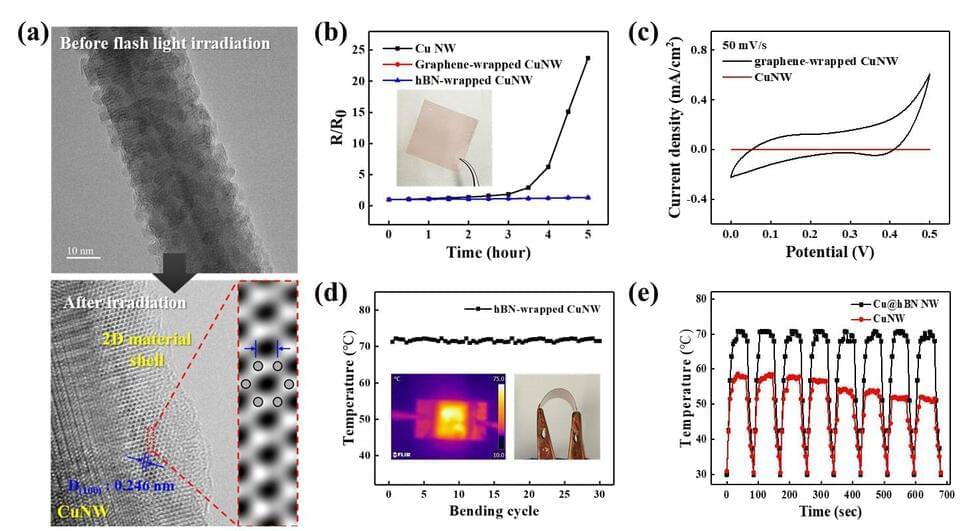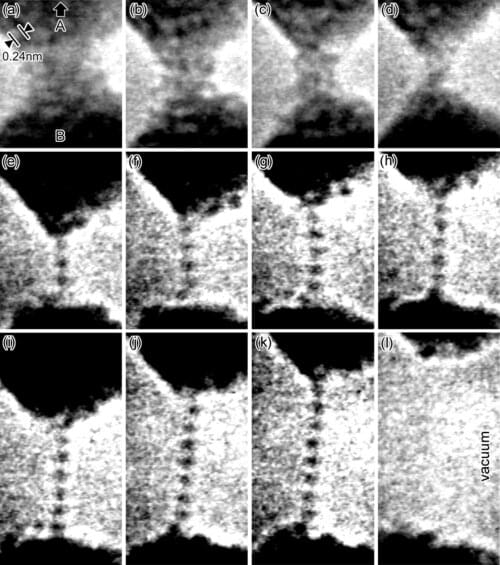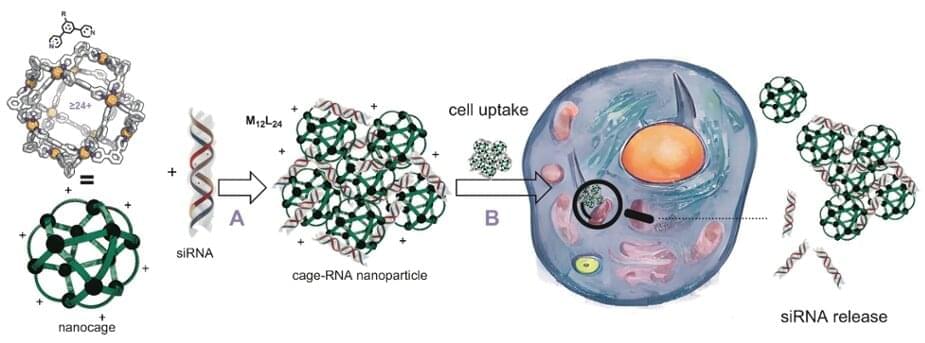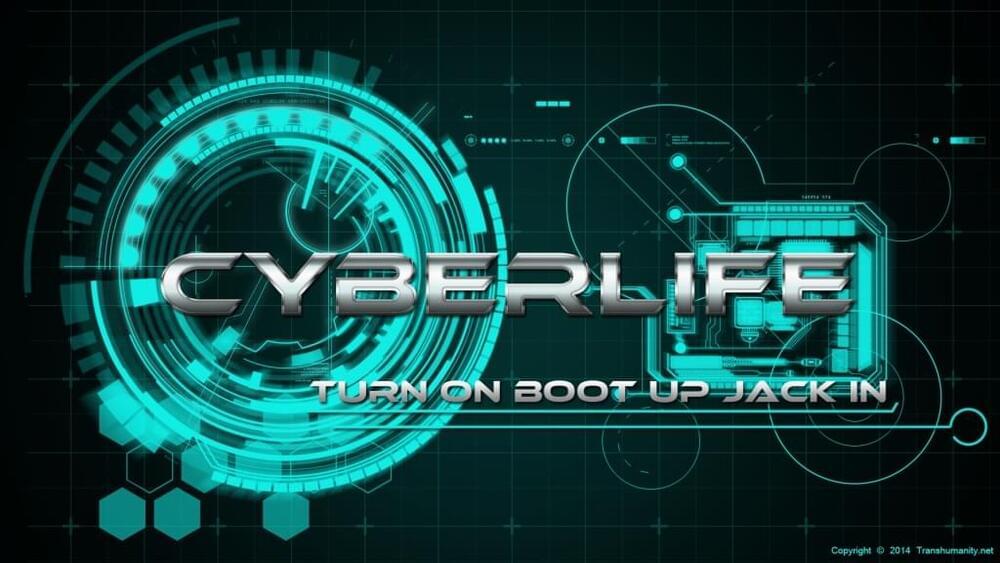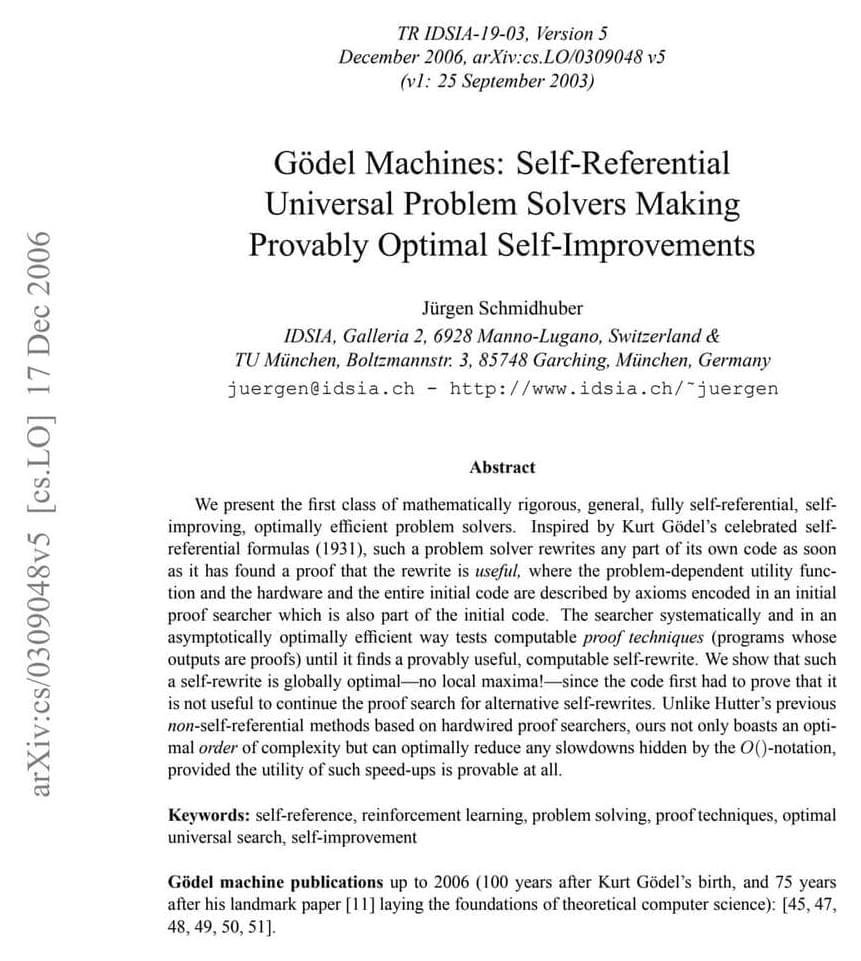Apr 22, 2023
The Multiverse: Our Universe Is Suspiciously Unlikely to Exist—Unless It Is One of Many
Posted by Dan Breeden in categories: alien life, information science, particle physics
But we expect that it’s in that first tiny fraction of a second that the key features of our universe were imprinted.
The conditions of the universe can be described through its “fundamental constants”—fixed quantities in nature, such as the gravitational constant (called G) or the speed of light (called C). There are about 30 of these representing the sizes and strengths of parameters such as particle masses, forces, or the universe’s expansion. But our theories don’t explain what values these constants should have. Instead, we have to measure them and plug their values into our equations to accurately describe nature.
